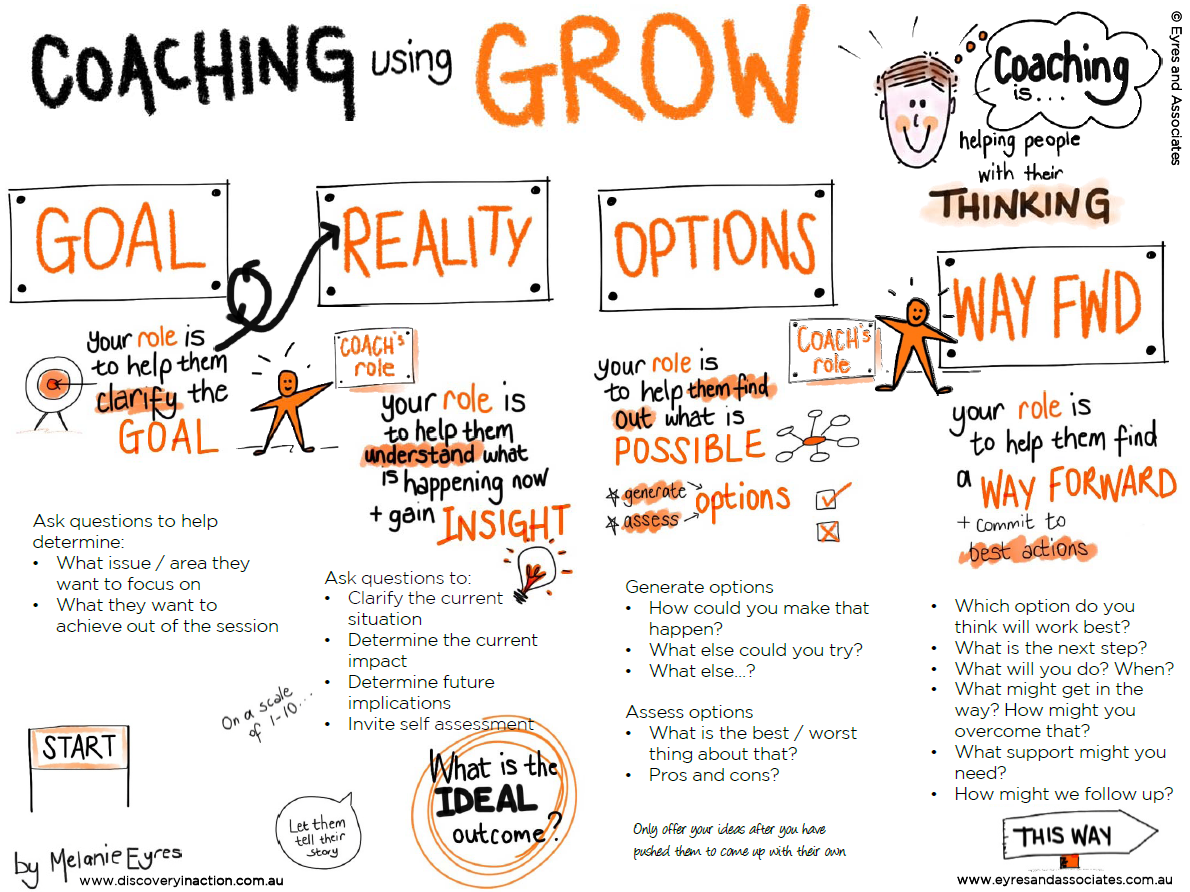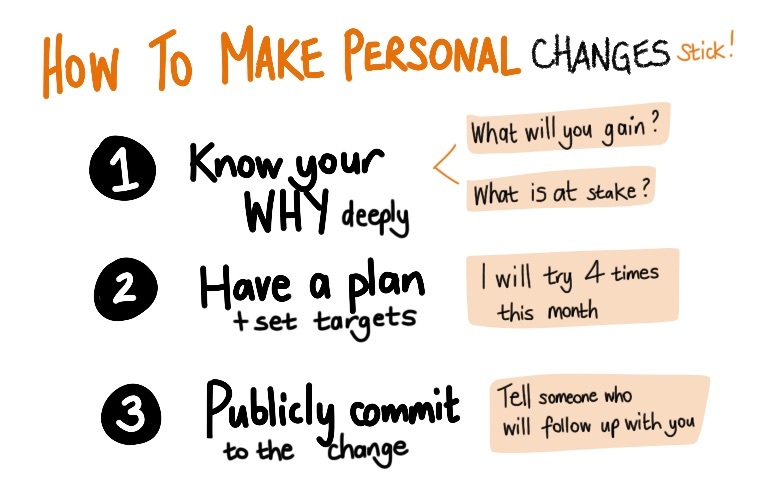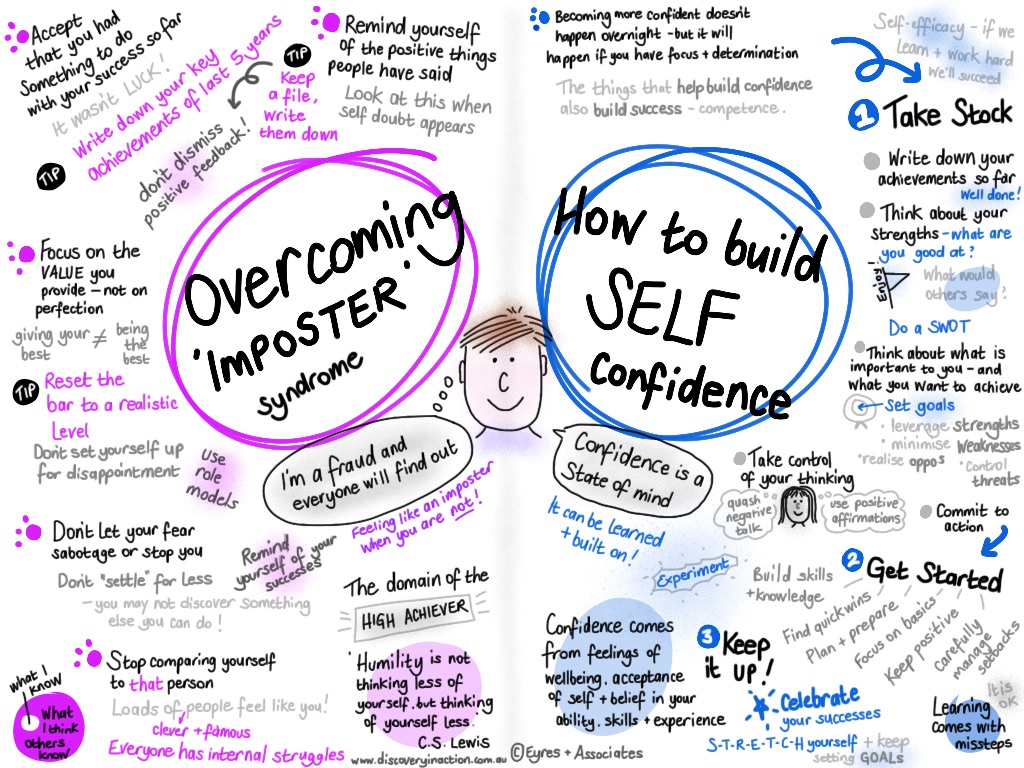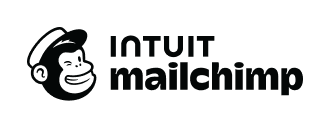Coaching and GROW - a visual
Participants in our DiA Leading People program often grapple with the challenge of coaching their teams.
Does this sound familiar?
‘I still seem to be the one coming up with all the answers’.
‘My team member doesn’t show enough initiative.’
‘I have told them this over and over again but nothing is changing’.
‘I just can’t seem to tap into this person’s energy…I’m sure they are capable of so much more!’
One of the best ways for leaders to address these sort of issues is to apply a coaching approach to many of their interactions.
We have many resources to help leaders build and enhance these skills!
Coaching is one of the most powerful skills a leader can master, and for this reason we regularly write about! The ties between leader skills and employee engagement levels are mind blowing!
Click here to see all the blogs we have written on coaching.
Some of the most popular ones are featured here:
Keys to making coaching part of your practice
Classic coaching questions using GROW
Practical tips and hints on coaching
A really quick, simple version of coaching
GROW with 5 questions
Finding the coachable moment
And our very popular GROW visual

Many of our DiA alumni have printed this out and stuck it up near their work area!
Click here to access PDF version of the GROW visual.
Want to further improve your coaching skills?
If you are interested in exploring coaching further, you may be interested to know that we provide skills development workshops in the area of Coaching. If you’d like to find out more – click here.









 Want to sign-up to receive a copy of these monthly leadership tips automatically?
Want to sign-up to receive a copy of these monthly leadership tips automatically?